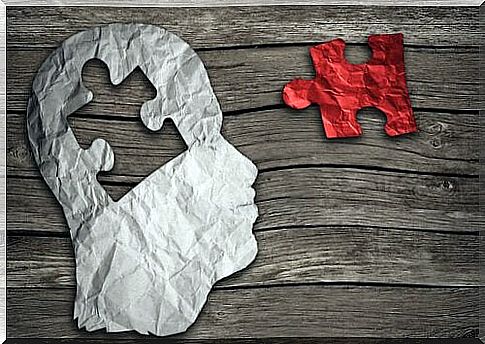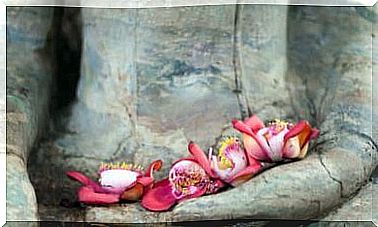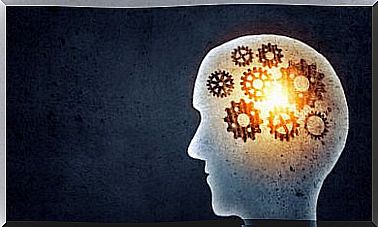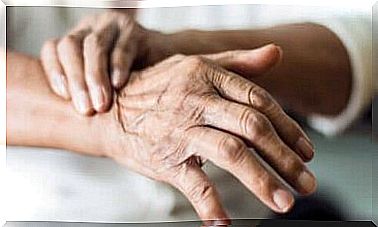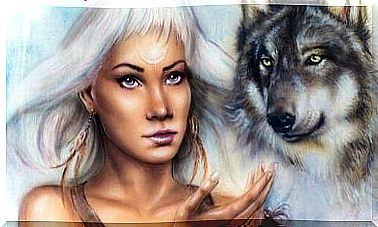Hippocrates And The Theory Of Essential Humours In Humans
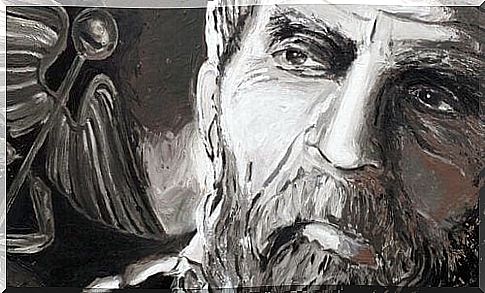
The history of Hippocrates and the theory of essential humours date back almost four centuries BC. It is considered to be one of the first approaches to psychology, a new science that emerged twenty centuries later.
Hippocrates bears the name of “father of medicine” because he was the first, in the West, to systematize the available knowledge on health and disease. He also proposed an explanation for these phenomena and therapeutic means to treat them.
The theory of essential humors of Hippocrates was assimilated and used by the majority of the doctors until the middle of the XIXth century. This gives us an idea of the solidity of the foundations of Hippocrates. In fact, some of the postulates of this theory are still cited today.
The theory of essential humours
The theory of essential humors of Hippocrates suggests, in summary, that the human body is made up of four substances. These substances are given the name of moods. They must maintain a perfect balance between them. When they lose it, disease appears, both in the body and in the mind.
Any impairment or illness meant that the balance of moods had altered. Therefore, in order to cure them, a way had to be found to restore the lost balance.
According to the theory of essential humors, the substances that make up the human body are: black bile, yellow bile, blood and lymph. Each of these moods is directly related to an element of the universe and an atmospheric quality. The relation would be as follows:
- Black bile: tied to the earth, dry and cold
- Yellow bile: related to fire, dry and hot
- Blood: air-bound, humid and warm
- Lymph: related to water, wet and cold
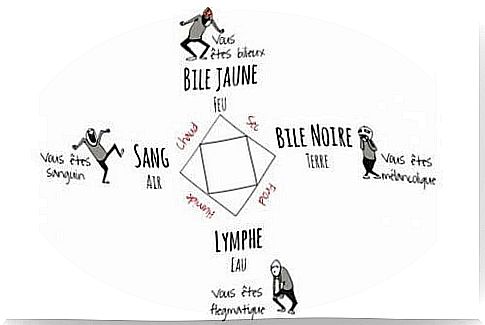
Moods and Personality
Hippocrates never saw disease as an exclusively organic theme. He kept a view in which mind and body were one reality. Therefore, what happened in the mind had effects on the physical organism and vice versa.
The students of the Peripatetic School brought a new element to the theory of essential humors. They suggested that the predominance of one of the moods leads to a specific temperament in people. Later, Galen supplemented these ideas. He pointed out that the imbalance in moods affects the way we are, feel, think and act.
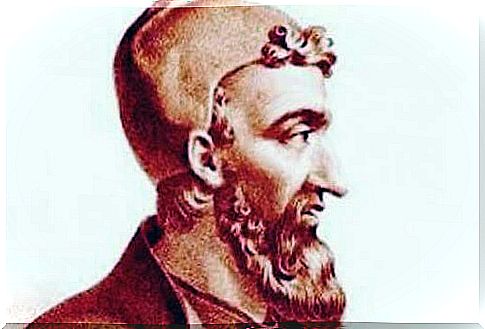
It was Galen himself who eventually established the existence of four temperaments from the theory of essential humors. Here they are :
- Melancholy. It characterizes the one who has a predominance of black bile in his body. People with this temperament are sad, quite susceptible, and artistically oriented.
- Angry. It represents those who have a large amount of yellow bile. This leads to a passionate temperament, with enormous vitality and a tendency to get angry very easily.
- Sanguine. In this case, the mood of the blood predominates. Traits of the sanguineous temperament are self-confidence, joy, optimism, expressiveness and sociability.
- Phlegmatic. It characterizes those who have a predominance of lymph in their organism. Phlegmatic people are thoughtful, fair, quiet, without much capacity for commitment and a little lazy.
The Approaches of Hippocrates in Today’s World
Hippocrates, Galen and all their followers created and completed the theory of essential humours based on observation. They did not apply any scientific method. With the birth and consolidation of the formal sciences, this whole theory fell into disuse. Today, it is not granted any objective validity: it is considered only as a historical reference.
However, the theory of essential moods has the merit of having been the first serious effort to classify the different types of temperaments. The fact that these illustrious doctors were able to understand that emotions also have physiological consequences is also very interesting.
In fact, the first psychologists were inspired by the theories of Hippocrates and Galen. One way or another, these thinkers displayed a lot of intuition. Their classifications are similar to the different personality types defined by researchers, almost 2,000 years after these precursors of health sciences.
